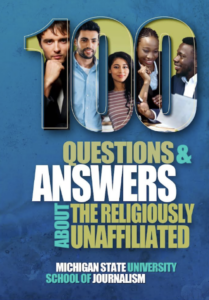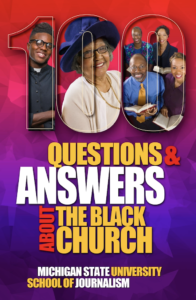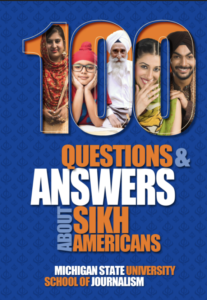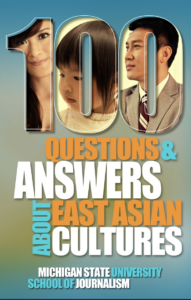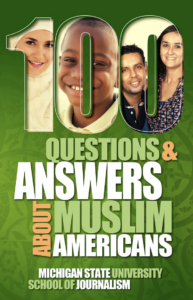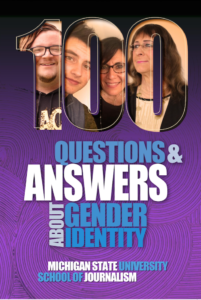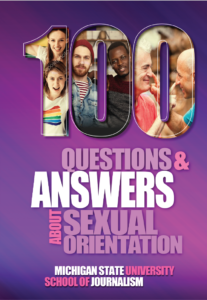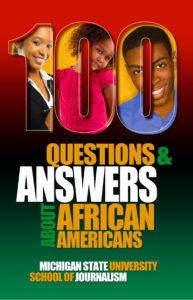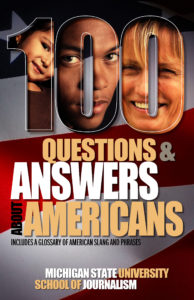Five-time world and Olympic champion runner Caster Semenya has the sports world debating gender identity, but not for the reason you might expect.
Although Semenya, of South Africa, has never identified as anything but female, her gender and eligibility to compete as one, are being questioned because she has high testosterone.
South Africa’s 24.com reports that the country’s Court of Arbitration for Sport is likely to rule this month on a rule that would force female athletes with naturally high testosterone to have those levels be suppressed or not be allowed to compete.
The South African Society of Psychiatrists stated that “a broad diversity of anatomical, genetic, and hormonal conditions that go beyond binary gender as applied in sport and make eligibility rulings based on anatomical or chromosomally assigned sex impossible.”
Amby Barfoot, a writer who won the Boston Marathon in 1968, writes run Lt’s run, “I don’t know where or when you grew up, but in my little town, we knew about sex. There were boys, there were girls, and we all recognized the clear difference between them. Not only that, but everyone was satisfied with the sex card they drew at birth. At least, that’s what I thought then.
“Life is a great teacher, wouldn’t you agree? In 50 years, I’ve learned a few things about sex and gender, and I’m sure you have, too. We’ve come to understand that there’s no dividing line in the sand. Biology can be ‘messy,’ as people like to say, and I now recognize wide swaths of grayness where once I saw stark edges. More importantly, we understand that civil rights and equal opportunity are what matter most.”
Barfoot argues it is simply unfair for Semenya to compete against other women. Barfoot explores the issue in depth and is worthwhile reading.
While Semenya’s has never had an issue in her mind or her body about her geender, the case reflects some of the complex issues covered in “100 Questions and Answers About Gender Identity.”



